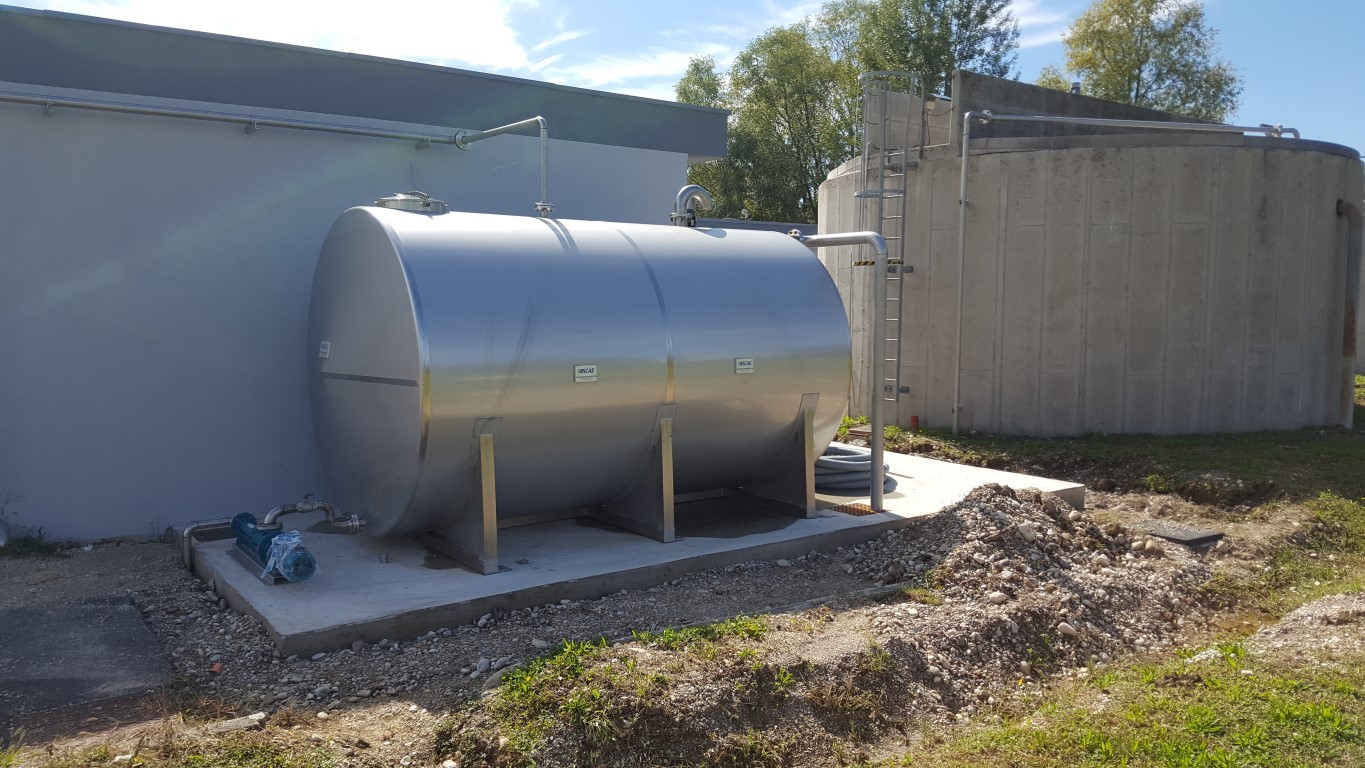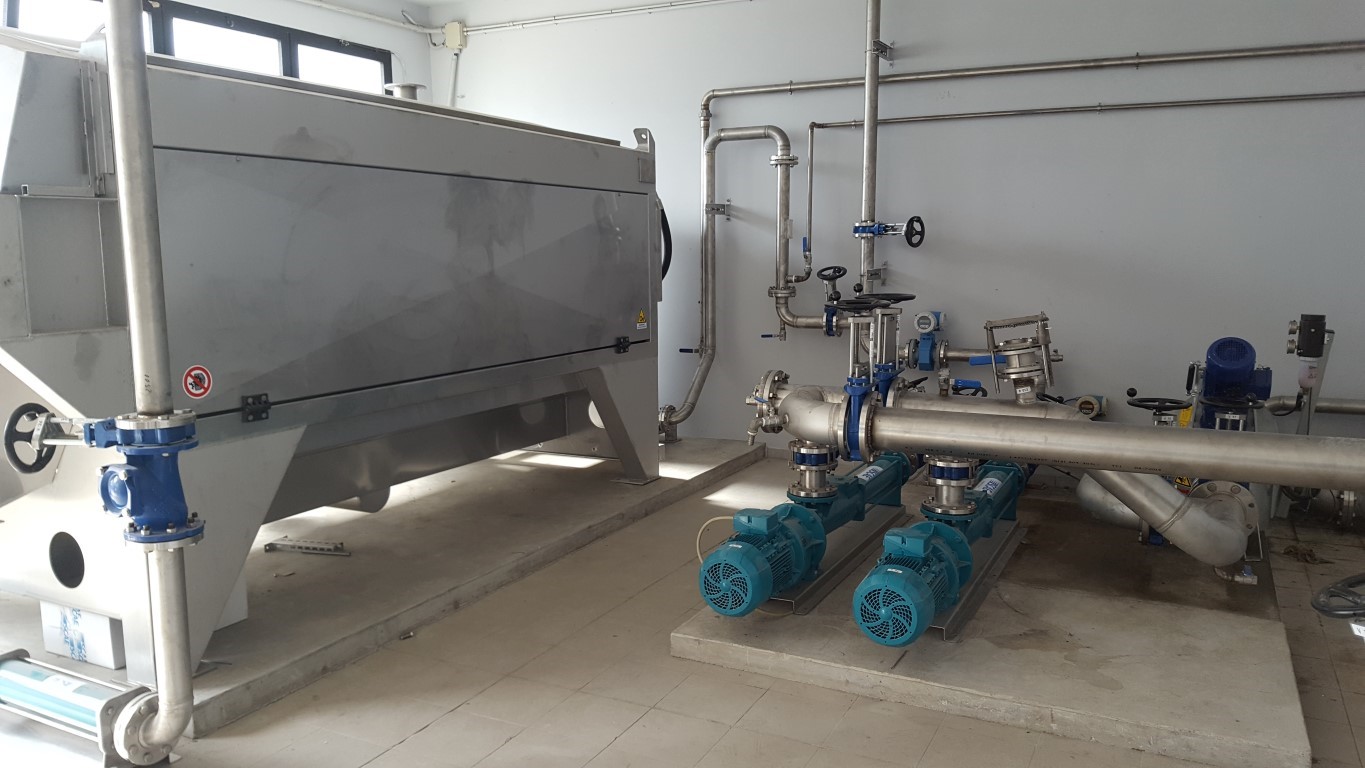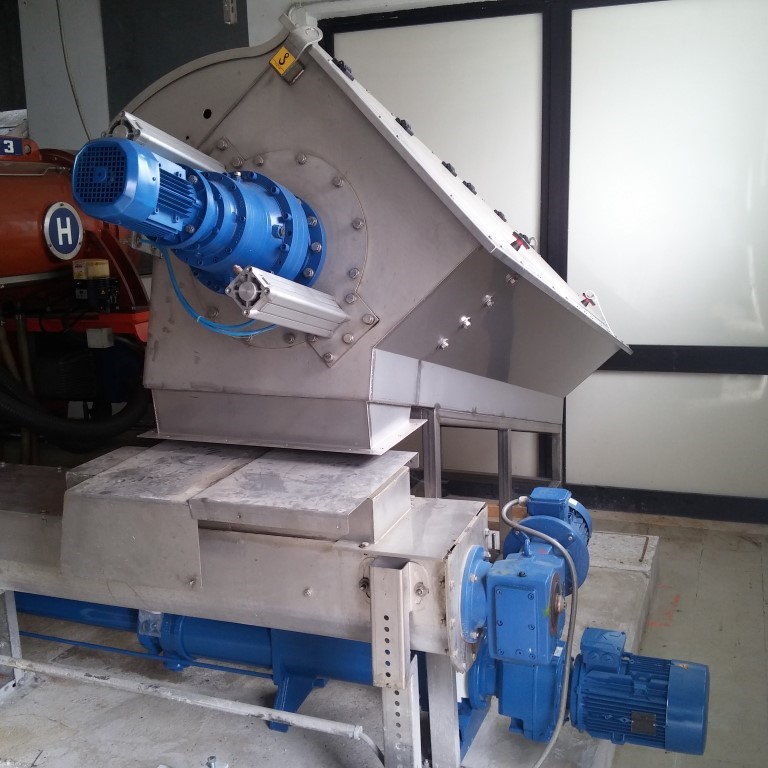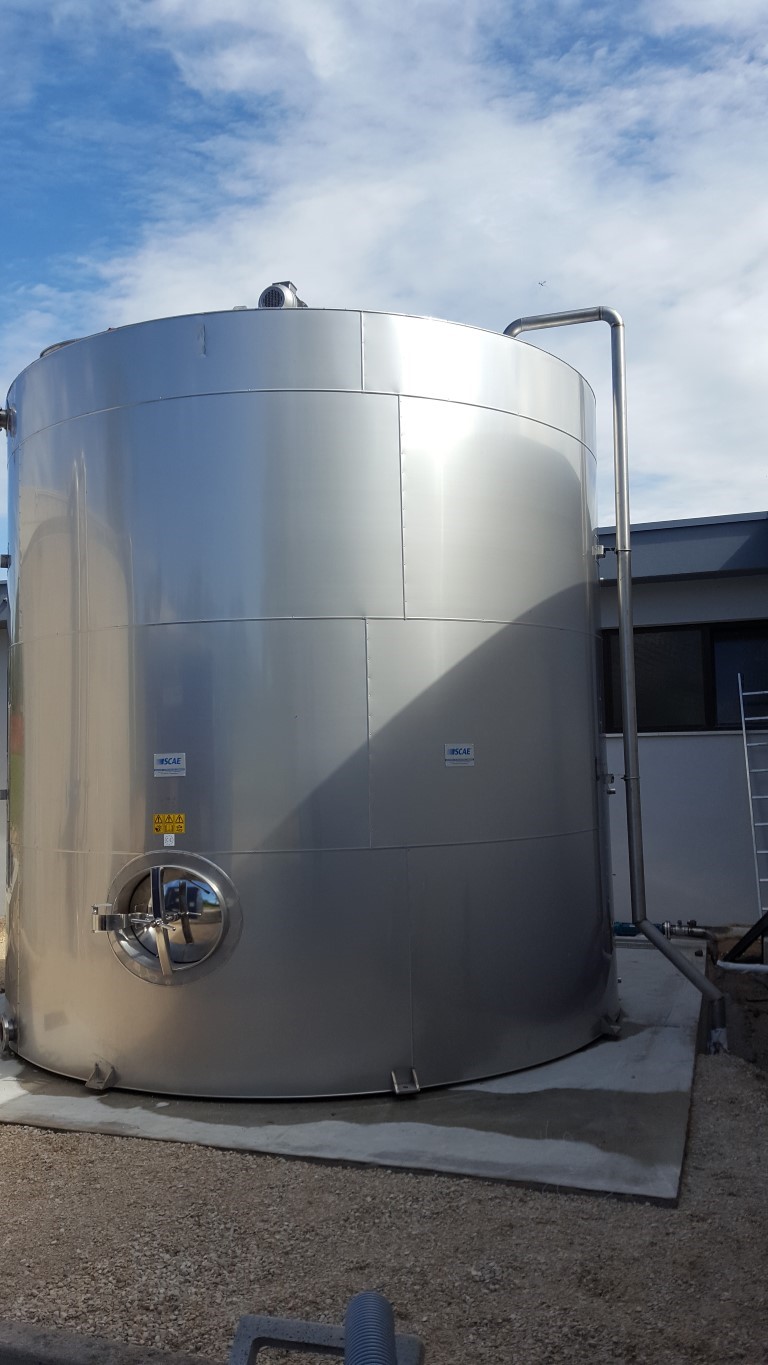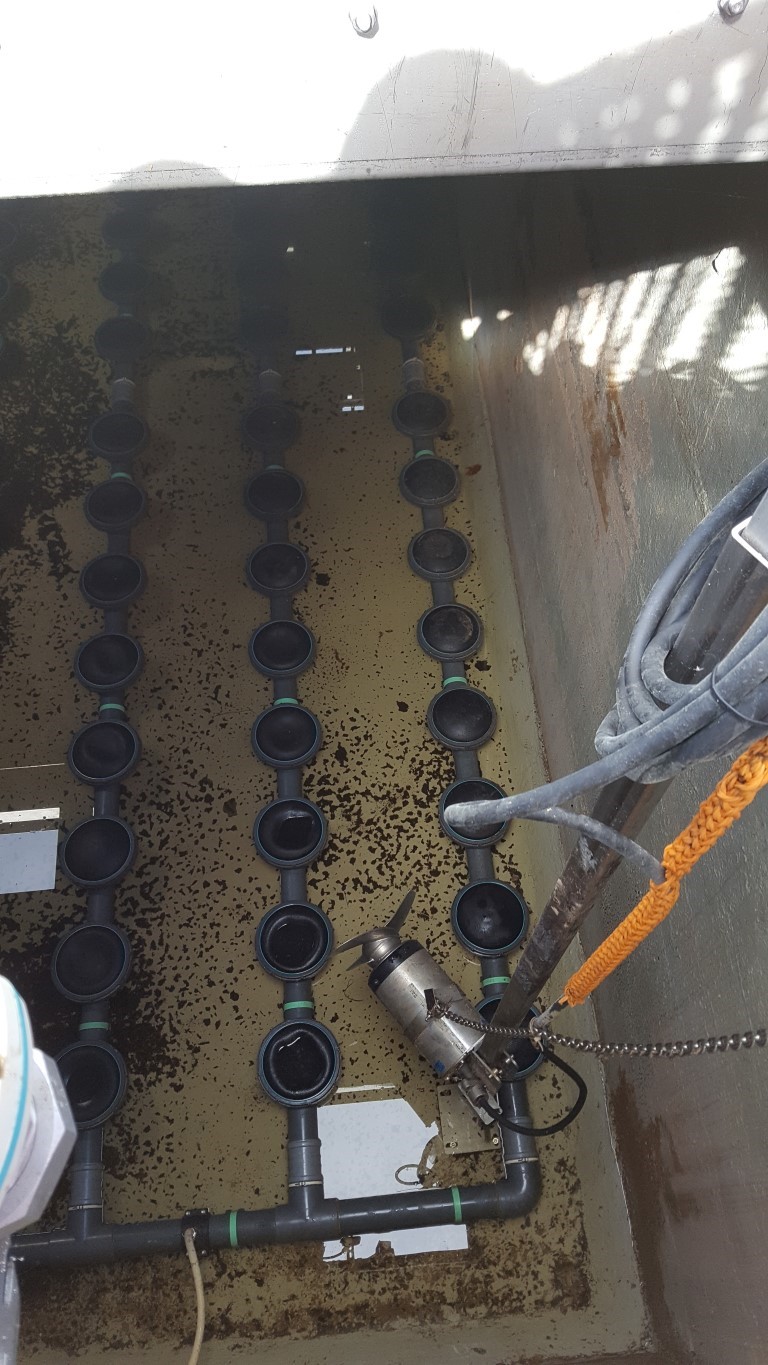|
SMARTech n 4a: |
SCENA: Short-Cut Enhanced Nutrients Abatement |
|
Objectives: |
Biological nitrogen removal and P-bioaccumulation via-nitrite during the treatment of anaerobic supernatant |
|
Challenges: |
To enable the integration of conventional biogas recovery from sewage sludge with sidestream energy-efficient and compact nitrogen removal and phosphorus recovery. |
|
Integration within WWTP: |
Smartech 4a is implemented in the sidestream of the anarobic digester of Carbonera WWTP |
|
Key enabling process(es): |
Biotechnology |
|
SMART-product(s):
|
P-rich Sludge, VFA |
|
Partners involved: |
1. University of Verona 2. Alto Trevigiano Servizi SpA 3. SCAE Srl 4. Università Politecnica delle Marche |
DESCRIPTION:
SMARTech 4a applies the SCENA system which integrates the following processes: (o) optional upstream concentration of cellulosic sludge,(i) fermentation of dynamic thickened sewage sludge to produce VFAs as carbon source, and (ii) via nitrite nitrogen and phosphorus removal (by P-bioaccumulation) from sludge reject water using an SBR. In this configuration, nitrogen is removed through the bioprocesses of nitritation/denitritation, and Enhanced Biological Phosphorus removal (EBPR) via nitrite using the VFAs from sludge fermentation liquid as carbon source
IMPACT:
The full-scale demo application developed in the WWTP of Carbonera (Italy) was treating the total flowrate of reject water resulted from the dewatering of the anaerobic digestate (around 40-50 m3/day). Smartech 5 allowed the recovery of 7-8 kg P-rich sludge per capita per year and the electrical energy savings of 20-30% for the treatment of sludge reject water.
Highlights and main results
- Smartech 4a (SCENA) was validated under real enviromental conditions
- Average and phosphorus removal was 78-80%, operating at vNLR up to 0.7 kgN/m3 per day
- VFAs productivity was 0.9 kgCODVFA/capita per year, treating 25% of the sewage sludge
- P recovered as P rich sludge was 0.8-1.0 kg P rich sludge per capita per year
- ETV final report was delivered to RINA for the submission to the European portal
Impact
- ATS has already considered the scale-up of SMARTech 4a in the final project design of the Castelfranco “Sludge Centre”.
- Integration of SMARTech 4a in the sludge line of Sesto San Giovanni (SSG) and Robecco sul Naviglio (RSN) WWTPs, owned by the water utility CAP holding.



